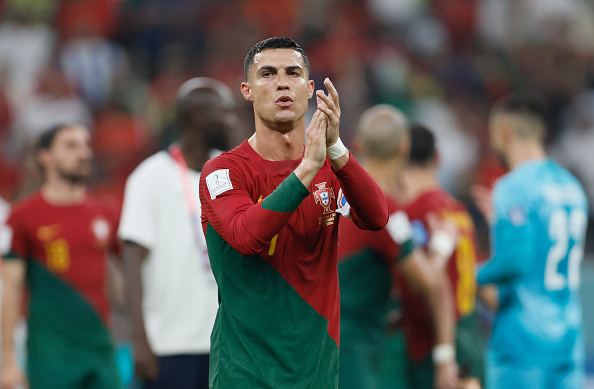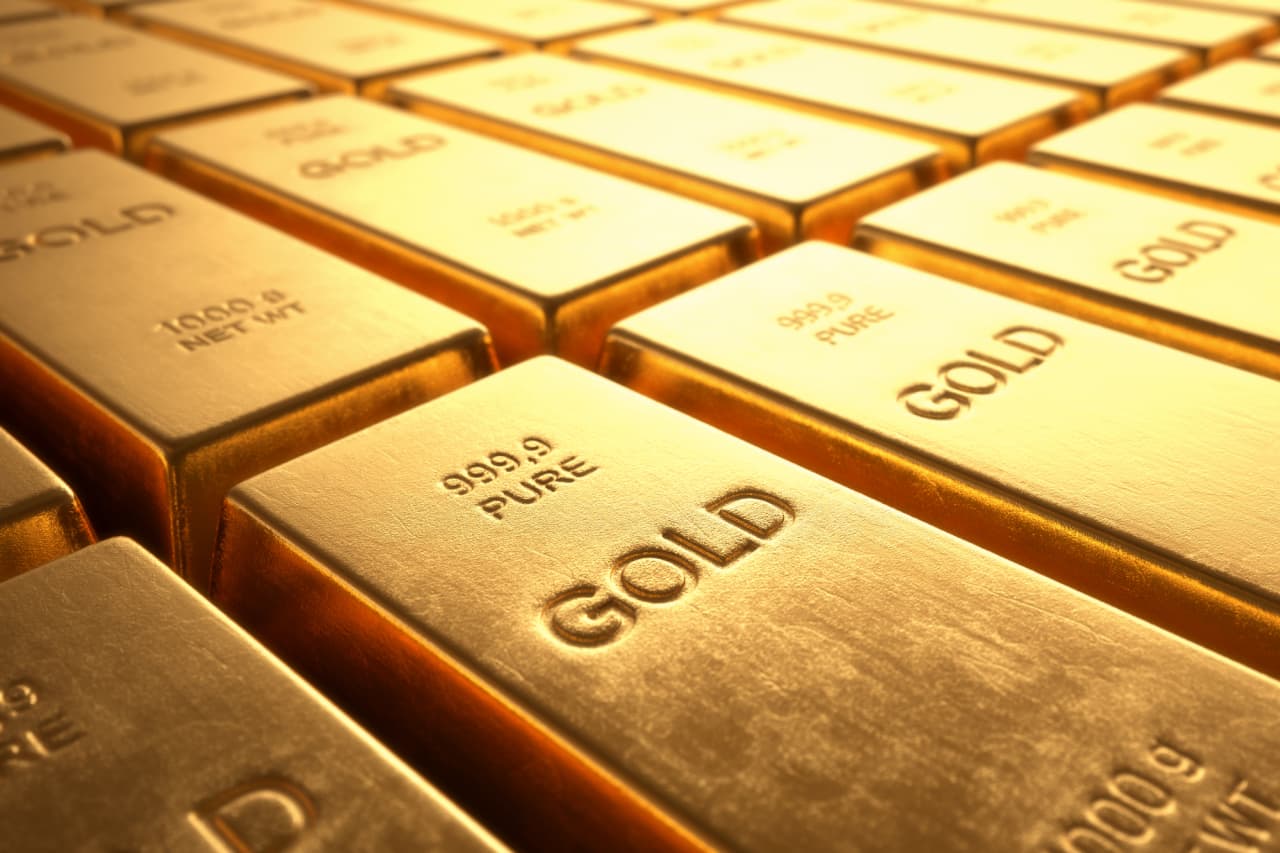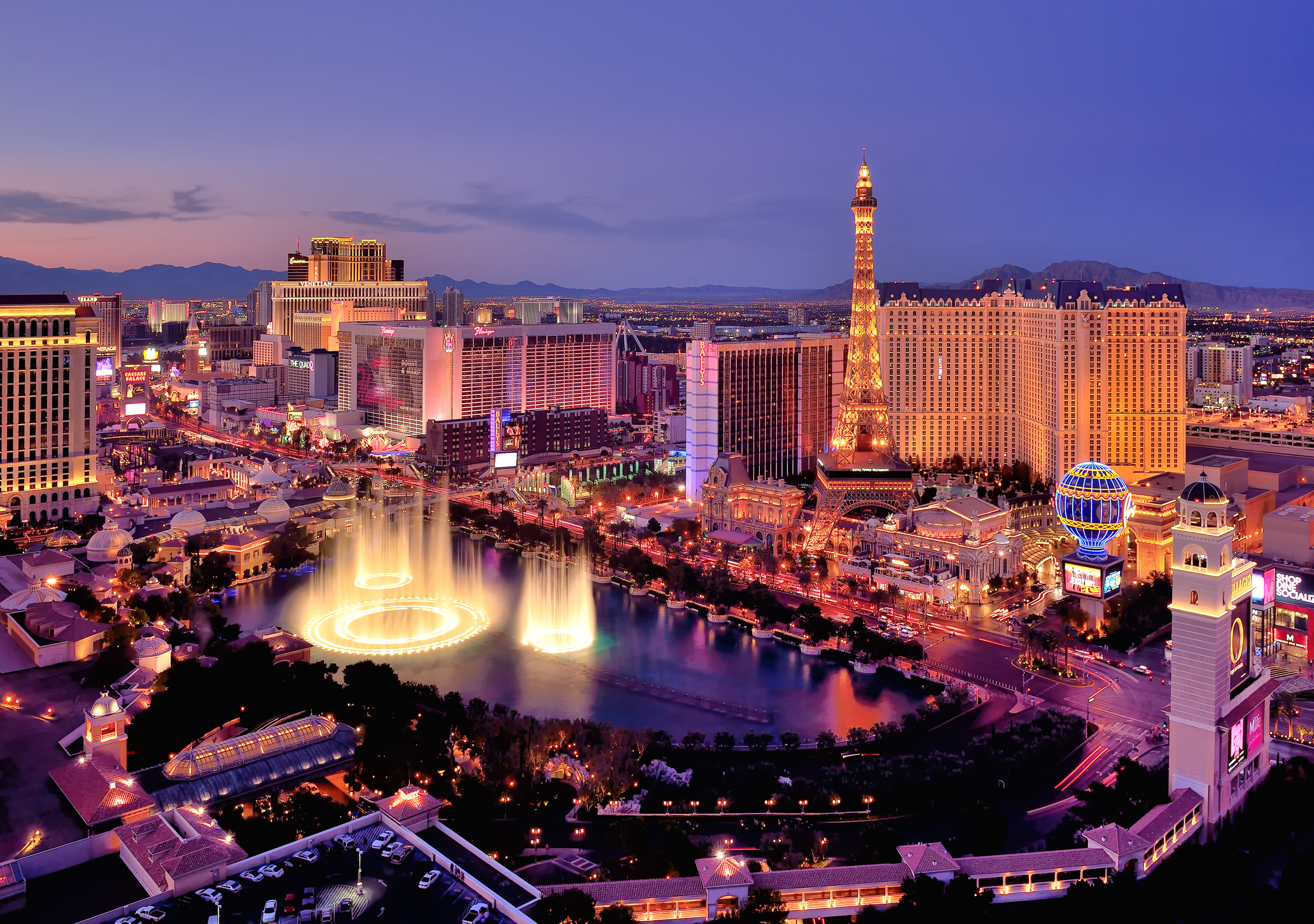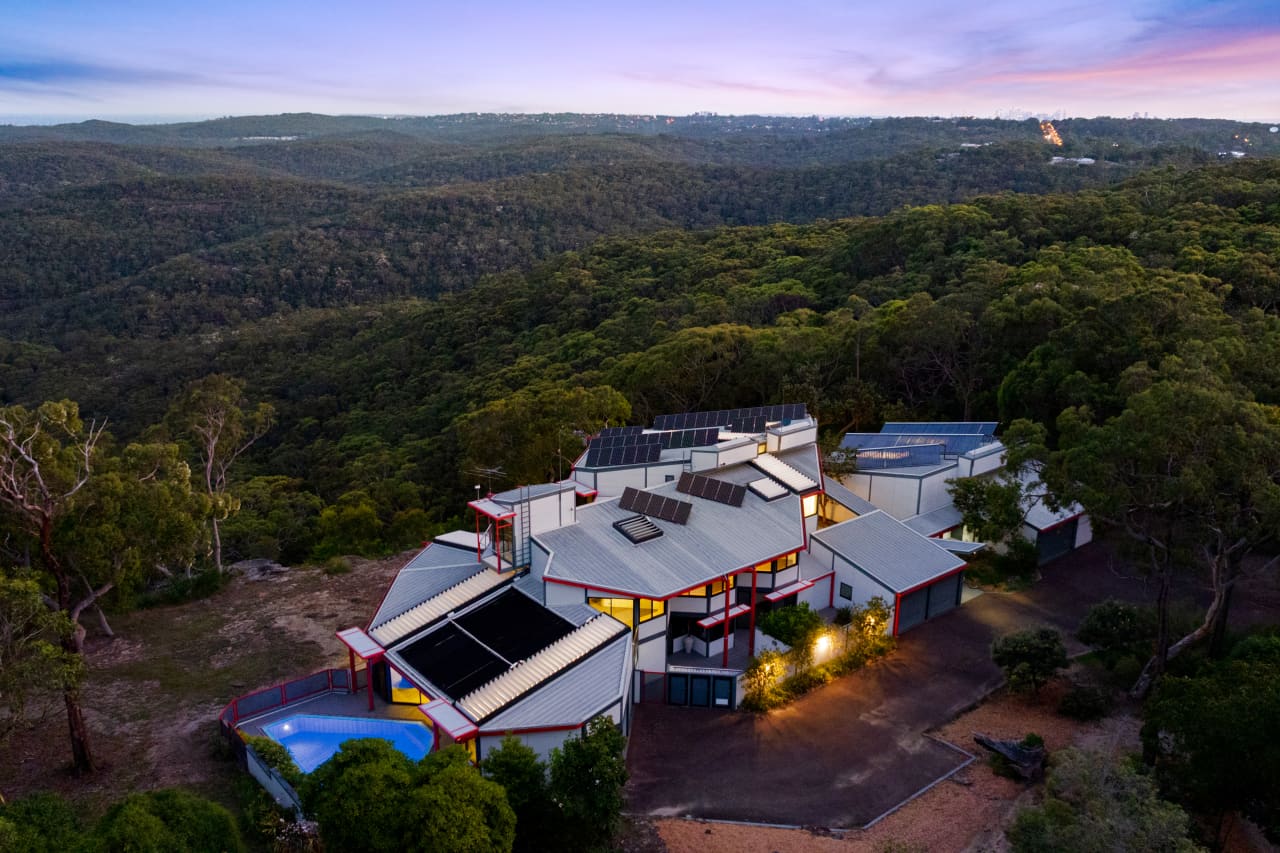Cristiano Ronaldo’s Farewell Could Take Him From the World Cup to Obscurity
The 37-year-old Portuguese star was hoping for a move to a major European club this winter. Instead, he may settle for riches—and irrelevance—in Saudi Arabia.
LUSAIL, Qatar—Cristiano Ronaldo has made the point, over and over, that he isn’t done with top-level soccer. But the reality emerging at this World Cup is that top-level soccer may be done with him.
Ronaldo, technically the most famous unemployed person currently in Qatar, was let go by Manchester United last month and cuts an increasingly peripheral figure for the Portuguese national team. On Tuesday, he was benched for the team’s 6-1 win over Switzerland in the round of 16, the first time he didn’t start a major-tournament match for his country since 2008.
This tournament no longer seems like just the final World Cup of a glittering career. It could mark Ronaldo’s de facto exit from the global stage altogether.
The most alarming part for him on Tuesday was that Portugal looked substantially better and more fluid without him. His replacement, the 21-year-old striker Gonçalo Ramos, scored a hat trick, overtaking Ronaldo’s tally for the tournament in the space of an hour. And still, fans inside Lusail Iconic Stadium chanted Ronaldo’s name, urging the manager to send him on.
When Ronaldo finally entered the game, met with the biggest roar of the night in the 73rd minute, it was in an unfamiliar new role for Portugal: luxury substitute. The closest he came to scoring was a late strike that ended up in the net, only to be ruled out for offside.
Now, even after the World Cup, his prospects for relevance are dimming.
Though Ronaldo desperately wants to continue playing, the list of places willing to pay him to do that is currently the shortest it’s ever been. As he took his place on the bench against Switzerland, he was mulling a contract offer not from a top team in Spain or Italy or even Major League Soccer, but from the Saudi Arabian club Al Nassr.
Unless another suitor emerges, just three months after a summer transfer window in which Ronaldo and his agent Jorge Mendes were unable to find a landing spot at a major club, Al Nassr appears to be in the lead for his signature. The switch would reportedly make Ronaldo the highest paid athlete in the world. It would also erase him from the top level of the game.
“What the press keep saying, the garbage, is that nobody wants me, which is completely wrong,” Ronaldo said in an explosive interview on British television on the eve of the tournament. “They continue to repeat that nobody wants Cristiano. How they don’t want a player who scored 32 goals last year, [including] with the national team?”
Somebody does want Cristiano. They just happen to play in a league few people pay any attention outside the Gulf—and Cristiano isn’t used to being ignored.
The only human with more than 500 million Instagram followers, he has spent two decades building himself into one of the most recognisable athletes ever to compete. But even his global appeal and immense marketing power no longer seem enough for major European clubs to justify the salary and special treatment demanded by a wilting 37-year-old. By the end of Ronaldo’s time in Manchester, United coach Erik ten Hag saw him only as a late-game option off the bench.
“The coach didn’t have respect for me,” Ronaldo said in the TV interview. “If you don’t have respect for me, I’m never going to have respect for you.”
In Saudi soccer, money and adulation were never going to be a problem. Al Nassr isn’t bound by the financial structures of European teams. The club’s longtime president was a grandson of the Kingdom’s founder, Ibn Saud. And the league, where foreign players are mostly unheralded journeymen, is prepared to roll out the red carpet for Ronaldo as if he were a visiting head of state.
The problem for Ronaldo is that Saudi soccer is basically invisible outside of the Gulf. While Manchester United might be the most famous team in any sport in the world, matches in Ronaldo’s potential new home garner no global attention. Plenty of superstars have made late-career stops in leagues outside the European heartland on their way to retirement, but the MLS and Japan’s J-League still generate more highlights than any soccer ever played in the Kingdom.
“I’ve worked in a lot of countries and everywhere you go, you see that in the youth, the quality is the same—in Holland, in Spain,” said Marco Koorman, a Dutch coach who works as a technical director in Saudi Arabia. “But the older they get, you see the level go down—especially in Saudi.”
Meanwhile, in Qatar, Ronaldo is less the inspirational leader of the Portuguese team, and more like a passenger. He scored once here against Ghana and then tried to claim another goal against Serbia, only for replays to show that the ball didn’t actually graze his hair. It was telling that when Portugal coach Fernando Santos fielded a second-choice lineup for the team’s final group-stage match and Ronaldo wasn’t one of the key players he rested.
He was, however, substituted. When Santos decided to remove him after 65 minutes, the Portuguese captain looked visibly frustrated, and then got into a spat with South Korea defender Cho Gue-Sung as he left the field. Cho told Ronaldo to get a move on. Ronaldo told Cho to be quiet.
Santos took a dim view of Ronaldo’s annoyance about being taken out of the game.
“I didn’t like it,” he said on Monday. “I really didn’t like it. But from that moment onwards everything is finished regarding that issue. These matters are resolved behind closed doors. It’s resolved.”
The bizarre sequence of events that put Ronaldo at odds with his own national team and on the road to soccer obscurity began with the best of intentions. When he moved to Manchester United from Juventus last year, it was billed as an emotional homecoming. The club that had first propelled him to superstardom during an unstoppable spell from 2003 to 2009 was bringing him back for a Michael Jordan-style last dance—one more shot at glory before calling it a career.
Instead, it wound up looking more like Jordan’s forgettable spell on the Washington Wizards.
Though Ronaldo was United’s top scorer last season, he was clearly diminished. The turn of pace was gone. He no longer marauded through defences the way United fans remembered. Even his touch was beginning to let him down.
This wasn’t the Ronaldo he wanted people to remember. Perhaps no player in soccer history has been as acutely aware of his own legacy during his own career. This is a man who built a museum in his hometown on Madeira to memorialise his accomplishments, and then built a new one because he decided the first wasn’t big enough. Even seemingly arcane records are deeply important to Ronaldo.
But he’s also aware of his own worth. And that is at the heart the dilemma facing Ronaldo as he maps out the coda to his career: Will he choose a club befitting his status as one of the best players in history—if he can find one—or will he pick a club matching his status as one of the best-paid athletes in history?
“Let’s be honest, [in] the last years, football changed,” Ronaldo said in the British TV interview. “I see football now as a business to be honest.”
 Copyright 2020, Dow Jones & Company, Inc. All Rights Reserved Worldwide. LEARN MORE
Copyright 2020, Dow Jones & Company, Inc. All Rights Reserved Worldwide. LEARN MORE
This stylish family home combines a classic palette and finishes with a flexible floorplan
Just 55 minutes from Sydney, make this your creative getaway located in the majestic Hawkesbury region.
The marketplace has spoken and, at least for now, it’s showing preference for hybrids and plug-in hybrids (PHEVs) over battery electrics. That makes Toyota’s foot dragging on EVs (and full speed ahead on hybrids) look fairly wise, though the timeline along a bumpy road still gets us to full electrification by 2035.
Italian supercar producer Lamborghini, in business since 1963, is also proceeding, incrementally, toward battery power. In an interview, Federico Foschini , Lamborghini’s chief global marketing and sales officer, talked about the new Urus SE plug-in hybrid the company showed at its lounge in New York on Monday.
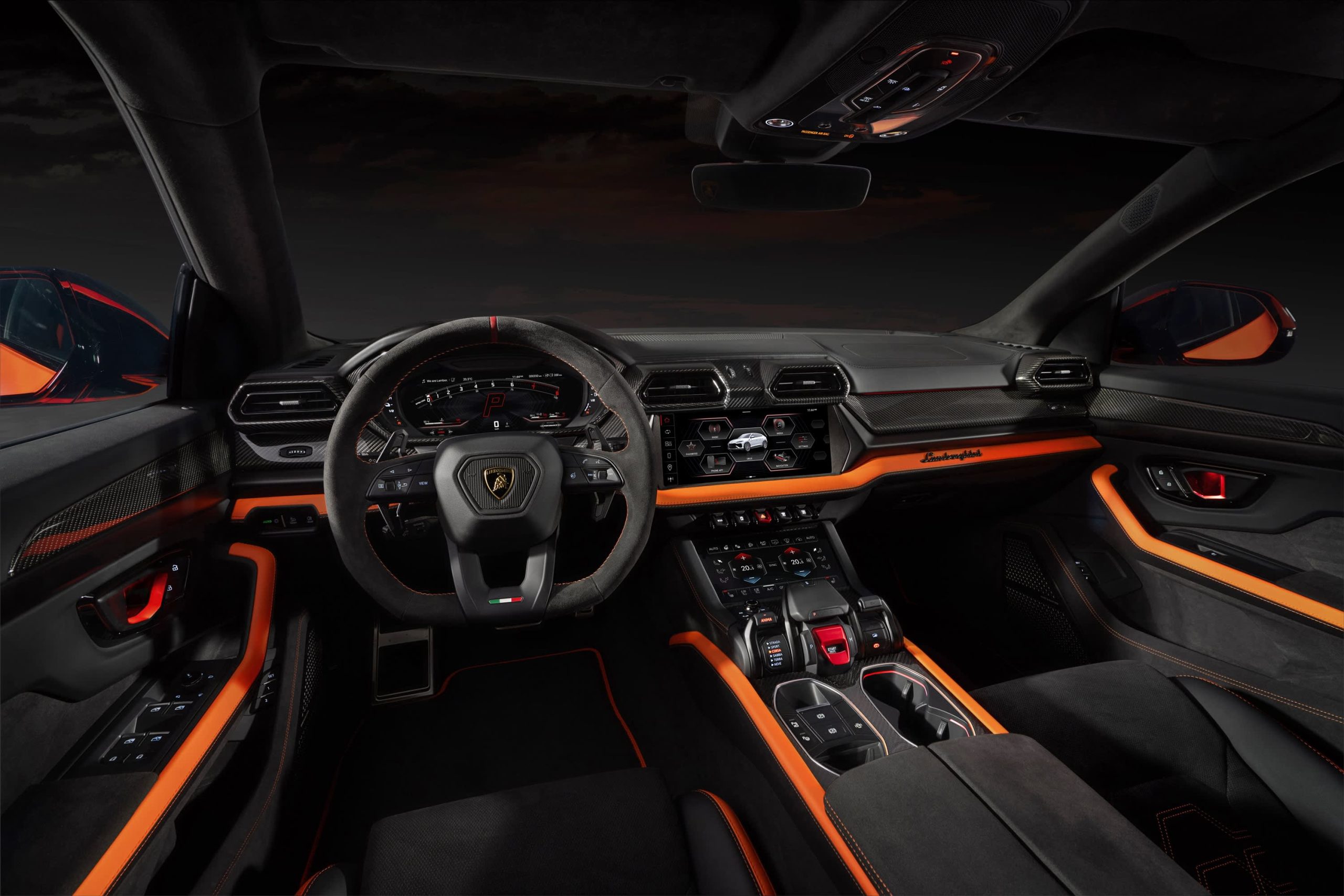
Lamborghini
The Urus SE SUV will sell for US$258,000 in the U.S. (the company’s biggest market) when it goes on sale internationally in the first quarter of 2025, Foschini says.
“We’re using the contribution from the electric motor and battery to not only lower emissions but also to boost performance,” he says. “Next year, all three of our models [the others are the Revuelto, a PHEV from launch, and the continuation of the Huracán] will be available as PHEVs.”
The Euro-spec Urus SE will have a stated 37 miles of electric-only range, thanks to a 192-horsepower electric motor and a 25.9-kilowatt-hour battery, but that distance will probably be less in stricter U.S. federal testing. In electric mode, the SE can reach 81 miles per hour. With the 4-litre 620-horsepower twin-turbo V8 engine engaged, the picture is quite different. With 789 horsepower and 701 pound-feet of torque on tap, the SE—as big as it is—can reach 62 mph in 3.4 seconds and attain 193 mph. It’s marginally faster than the Urus S, but also slightly under the cutting-edge Urus Performante model. Lamborghini says the SE reduces emissions by 80% compared to a standard Urus.
Lamborghini’s Urus plans are a little complicated. The company’s order books are full through 2025, but after that it plans to ditch the S and Performante models and produce only the SE. That’s only for a year, however, because the all-electric Urus should arrive by 2029.
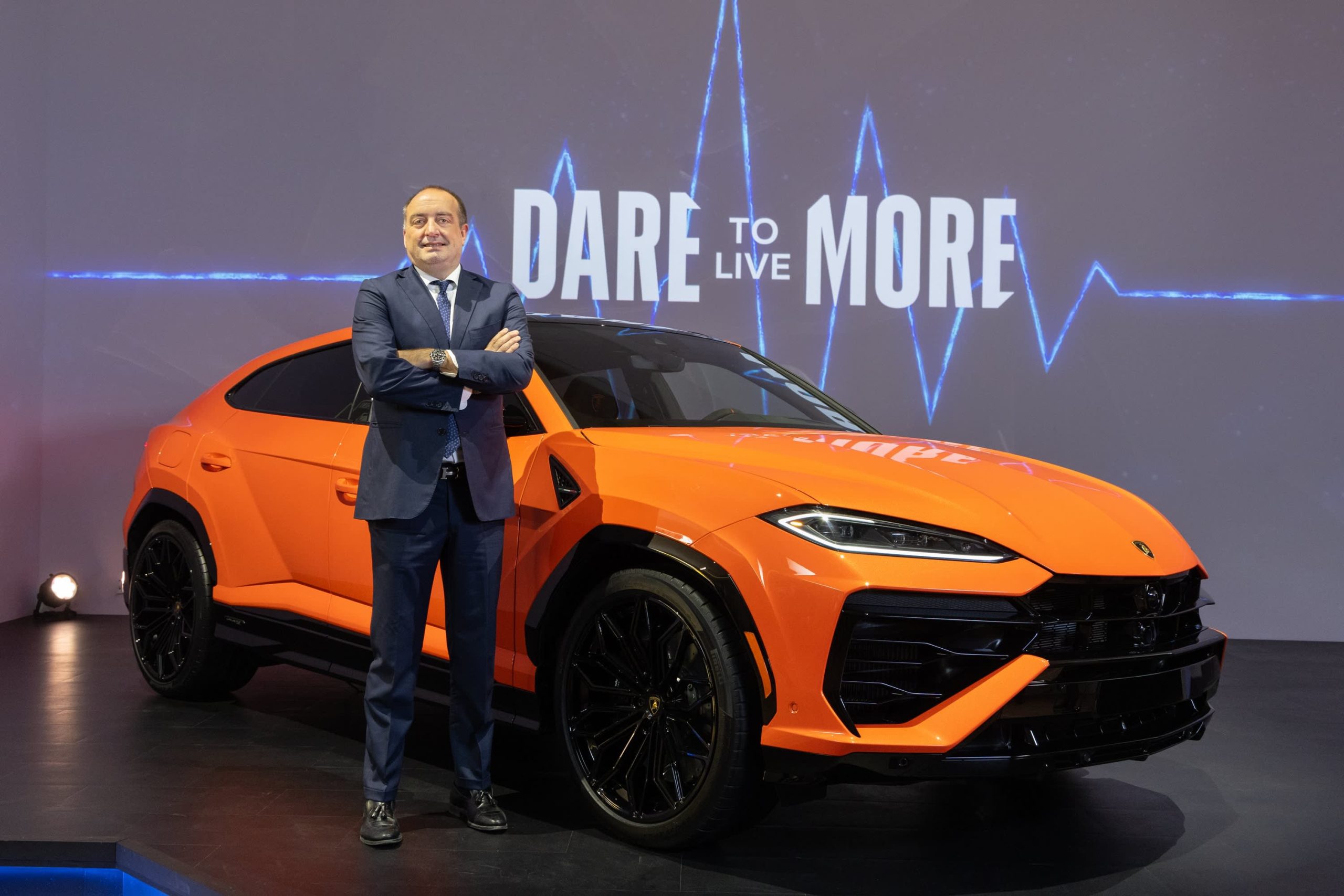
Lamborghini
Thanks to the electric motor, the Urus SE offers all-wheel drive. The motor is situated inside the eight-speed automatic transmission, and it acts as a booster for the V8 but it can also drive the wheels on its own. The electric torque-vectoring system distributes power to the wheels that need it for improved cornering. The Urus SE has six driving modes, with variations that give a total of 11 performance options. There are carbon ceramic brakes front and rear.
To distinguish it, the Urus SE gets a new “floating” hood design and a new grille, headlights with matrix LED technology and a new lighting signature, and a redesigned bumper. There are more than 100 bodywork styling options, and 47 interior color combinations, with four embroidery types. The rear liftgate has also been restyled, with lights that connect the tail light clusters. The rear diffuser was redesigned to give 35% more downforce (compared to the Urus S) and keep the car on the road.
The Urus represents about 60% of U.S. Lamborghini sales, Foschini says, and in the early years 80% of buyers were new to the brand. Now it’s down to 70%because, as Foschini says, some happy Urus owners have upgraded to the Performante model. Lamborghini sold 3,000 cars last year in the U.S., where it has 44 dealers. Global sales were 10,112, the first time the marque went into five figures.
The average Urus buyer is 45 years old, though it’s 10 years younger in China and 10 years older in Japan. Only 10% are women, though that percentage is increasing.
“The customer base is widening, thanks to the broad appeal of the Urus—it’s a very usable car,” Foschini says. “The new buyers are successful in business, appreciate the technology, the performance, the unconventional design, and the fun-to-drive nature of the Urus.”
Maserati has two SUVs in its lineup, the Levante and the smaller Grecale. But Foschini says Lamborghini has no such plans. “A smaller SUV is not consistent with the positioning of our brand,” he says. “It’s not what we need in our portfolio now.”
It’s unclear exactly when Lamborghini will become an all-battery-electric brand. Foschini says that the Italian automaker is working with Volkswagen Group partner Porsche on e-fuel, synthetic and renewably made gasoline that could presumably extend the brand’s internal-combustion identity. But now, e-fuel is very expensive to make as it relies on wind power and captured carbon dioxide.
During Monterey Car Week in 2023, Lamborghini showed the Lanzador , a 2+2 electric concept car with high ground clearance that is headed for production. “This is the right electric vehicle for us,” Foschini says. “And the production version will look better than the concept.” The Lanzador, Lamborghini’s fourth model, should arrive in 2028.
This stylish family home combines a classic palette and finishes with a flexible floorplan
Consumers are going to gravitate toward applications powered by the buzzy new technology, analyst Michael Wolf predicts









